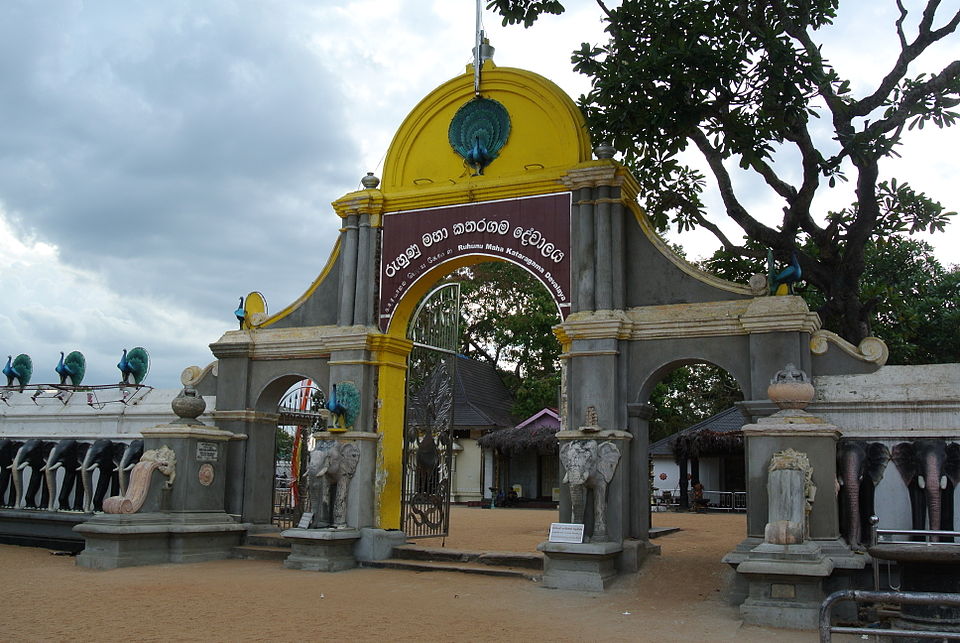What Makes Kataragama a Sacred Destination for Cultural Explorers
The island of Sri Lanka, though small, has an interesting history, dating back centuries. The island is known for its gorgeous landscapes and coastal beauty, but it also has plenty to offer history buffs and cultural explorers. The sacred traditions and the history passed down over the centuries have shaped Sri Lanka to become what it is today. One of the best places for a cultural explorer to start their journey would be in the southeast of the island. Tucked away in this area lies the famous town of Kataragama, a place where faith, mythology, and cultural rituals blend together. This unique destination draws devotees from multiple religions and offers visitors the chance to step into a world that explores the cultural side related to many of them. This guide is a breakdown of the best places to visit while exploring the cultural side of Kataragama.
Staying Close to Culture
When exploring Kataragama and all the locations along its route, an important point to note is finding a base. To get the best experience of your trip, it is advisable to choose one of the holiday resorts in Sri Lanka, that is central to all the sites. Mandara Hotels & Resorts, for example, with its well-established reputation for thoughtful service, operates properties that provide both comfort and proximity to the town’s sacred sites. By choosing to stay at a hotel in the vicinity of major attractions, you minimise travel time, and expenses significantly.
The Heart of Devotion: Ruhunu Maha Kataragama Devalaya
At the centre of Kataragama’s spiritual side lies the Ruhunu Maha Kataragama Devalaya. Dedicated to the guardian deity Kataragama Deviyo, (which translates to the god of Kataragama), also known as Skanda or Murugan, the temple is remarkable not only for its history but also for its inclusion of multiple faiths. Buddhists, Hindus, Muslims, and the indigenous Vedda people all consider this shrine sacred. The temple complex comes alive with all forms of the daily poojas, when the sound of bells, chanting voices and even drums ring through the courtyards.

Adbar, Kataragama temple entrance, CC BY-SA 3.0
Kiri Vehera and the Sacred Bodhi Tree
A short distance from the main shrine stands Kiri Vehera, a large white temple that dates all the way back to the 6th century. Believed to have been built by King Mahasena, this 95-foot temple is a shimmering symbol of peace, visible even from afar. Pilgrims visit the stupa and offer flowers and prayers while enjoying the atmosphere. Nearby is the Kataragama Bodhiya, which is a sacred Bo tree believed to be one of the original saplings from the Sri Maha Bodhi located in Anuradhapura.
A Sacred Climb: Wedihiti Kanda and Padikapuhela Temple
For those interested in climbing, the hill known as Wedihiti Kanda offers a reward in the form of natural beauty paired with interesting tales. Alternatively, the Padikapuhela Temple offers another climbing trip, but with lesser amounts of people and equally striking views. The walk to the area itself is meditative, and the temple at the summit feels like a secret retreat, waiting to be explored.
When to Visit
The dry season, particularly between the months of May and September, provides the most favourable conditions for exploring Kataragama’s outdoor shrines and climbing its sacred hills. For those looking for the most engaging series of events, planning a visit during the Esala Perahera in July or August ensures a front-row experience of one of Sri Lanka’s most spectacular traditions.
More to Explore: Shrines, Mosque, and Museum
Kataragama’s potential for exploration goes above and beyond its main shrine. The Maha Devale shrine, for example, located within the main complex, is an important location for Hindu worshippers. At the same time, the Ul-Khizr Mosque in the vicinity adds another dimension of faith to the town’s multi-religious outlook. The Kataragama Museum, on the other hand, provides a collection of artefacts, statues, and religious objects that chart the evolution of worship in the region.
